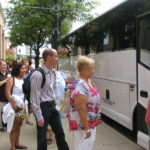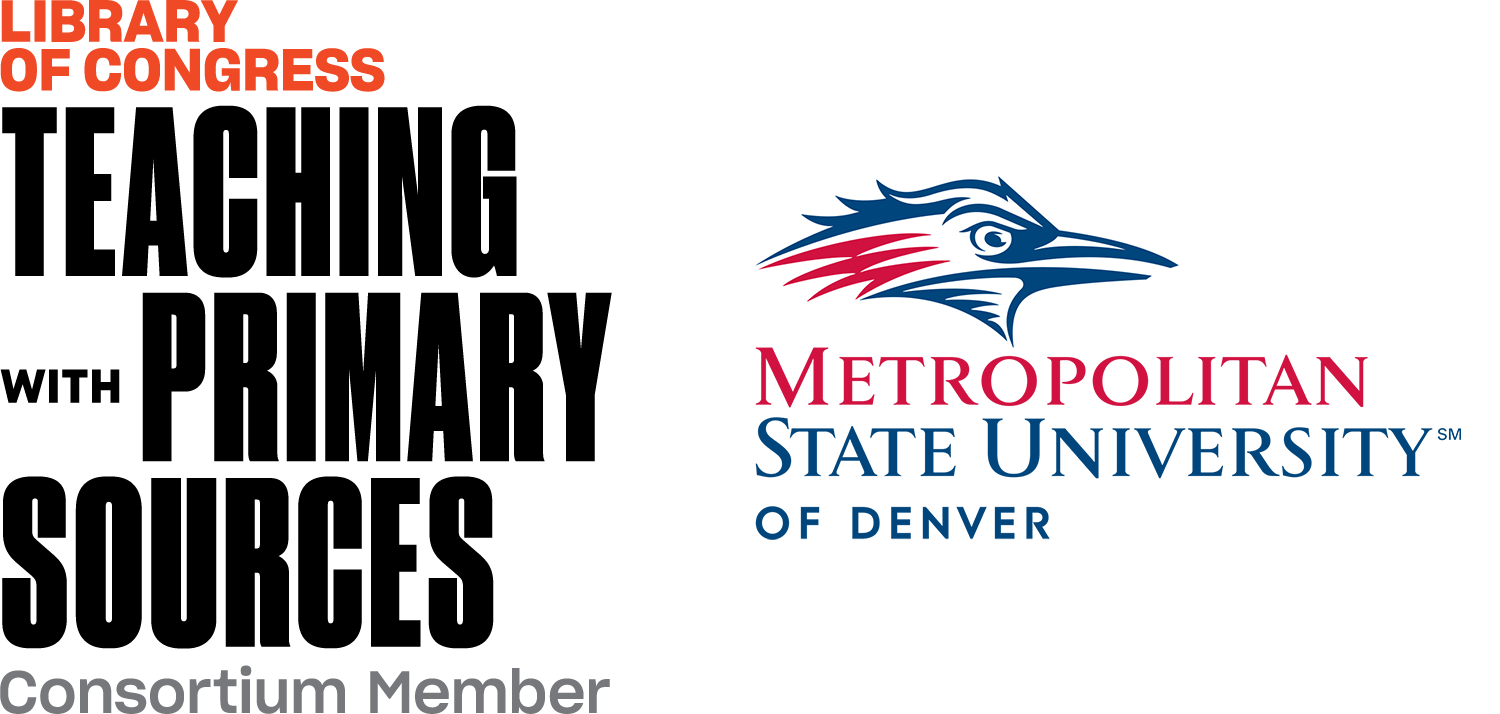 On July 25-29, 2011 the TPS Western Regional Center, in a partnership with the Sixth Floor Museum, held a unique and innovative workshop titled: “The Sixth Floor Museum at Dealey Plaza Teaching with Primary Sources Institute.” The museum, located in Dallas, Texas:
On July 25-29, 2011 the TPS Western Regional Center, in a partnership with the Sixth Floor Museum, held a unique and innovative workshop titled: “The Sixth Floor Museum at Dealey Plaza Teaching with Primary Sources Institute.” The museum, located in Dallas, Texas:
[C]hronicles the assassination and legacy of President John F. Kennedy; interprets the Dealey Plaza National Historical Landmark District and the John F. Kennedy Memorial Plaza; and presents contemporary culture within the context of presidential history.
Spread over a 5-day period, the workshop focused on the assassination of President John F. Kennedy, and the events and locations surrounding the event. TPS Western Region Director Peggy O’neill-Jones and Mary Johnson, a TPS instructor and Master Teacher, focused on the concept of presidential succession by incorporating primary sources from the Library of Congress relating to the assassinations of Abraham Lincoln and William McKinley. One of their primary sources was a 3-part video of McKinley’s funeral cortege, which is also an official topic from the Library of Congress’ Chronicling America project. These are some really fascinating primary sources, and really shows the power of incorporating primary sources.
Peggy and Mary also focused on the dual role of inquiry as both a learner and teacher, and how educators can benefit from the awareness of both roles. This model, created by Peggy O’neill-Jones, Cindy Stout, Linda Sargent Wood, Michelle Pearson, and Stevan Kalmon, is based off the work of Barbara Stripling’s Inquiry Model.
The workshop also included a bus tour to the various sites related to the assassination of JFK, including Dealey Plaza, and the Texas School Book Depository building (now called the Dallas County Administration Building) where Lee Harvey Oswald fired the fatal shot from the sixth floor window. Sixth Floor Museum Curator of Education, Sharron Wilkins Conrad said of planning the tour, “We had never done a physical tour for the public. We had to plan the routes based on time availability and locations, so we focused on the actual route of the President’s motorcade.”
An interesting aspect of bus tour was the Dallas Police Headquarters stop, where Lee Harvey Oswald was shot and killed, which is not accessible to the public. Sharron, however, was able to negotiate access to this area for the tour. Make sure to click the image to the right to pictures of this exciting aspect of the tour.
The tour continued onto the Parkland Memorial Hospital, where JFK, Lee Harvey Oswald, and Jack Ruby all died. Next were stops at Oak Cliff, The Texas Theatre, where Oswald was arrested, and the boarding house where Oswald kept a room.
Because of the success of the tour, The Sixth Floor Museum is now thinking of putting together bus tours for the general public!Another highlight was the culminating event of the Institute, a mock trial of accused assassin Lee Harvey Oswald. You can read more about this mock trial here from an article in The Dallas Morning News that I’ve put into pdf format. The attendees participated in an abbreviated trial, where they incorporated annotated resources sets they’d developed throughout the previous days workshops.
With curriculum developed by the Law-Related Education (click here for more information about the organization), students are taught about the event through primary interaction. They take on a specific roles, such as: trial lawyer, accused, judge, etc. This allows students to think about history in a unique and novel way, and to make arguments based on primary source materials. By including this aspect into the workshop, participants not only gained a unique perspective using and working with primary sources, they also learned how to incorporate these into their teaching practices and classrooms.
One last highlight of the workshop was the demonstration of some exciting uses of technology in the form of QR codes. QR codes are those strange looking pixelated squares that seem to be popping up everywhere in magazine advertisements and billboards in the last few years. Basically what they do is provide a physical link to a online source of information. During the technology focus of the workshop Peggy and Mary showcased our work on the famous Waldseemüller map. What we did was create wiki pages with relevant information about the Waldseemüller map, and create QR codes that link to those pages. We then Photoshopped those QR codes onto a high resolution image of the map, and then printed it out for use in the workshop.
Here are some pictures of the entire workshop.
It’s a very powerful, yet intuitive, demonstration that has applicability in many different facets of classroom instruction. It’s also something that we’ve just begun experimenting with, so stay tuned to this blog for upcoming posts that will go more in-depth on using QR codes in the classroom.
At the end of the last day of the workshop, after the mock trial, one of the participants came up to Sharron and told her that because of this workshop she is now inspired to get a Masters in History.
Another participant had this to say:
“I thoroughly enjoyed attending the institute and came away with so many good resources to use in the classroom. I also came away with a new appreciation of the importance of using primary sources in my classroom and am in the process of incorporating more and more of the ideas and resources gained as a result of attending the institute. It was a privilege to attend a workshop of this caliber. It is the best workshop by far that I’ve ever attended. I would definitely be interested in attending workshops conducted by these organizations in the future.”
There’s probably not a better compliment one can receive after a workshop of this size and scope.



